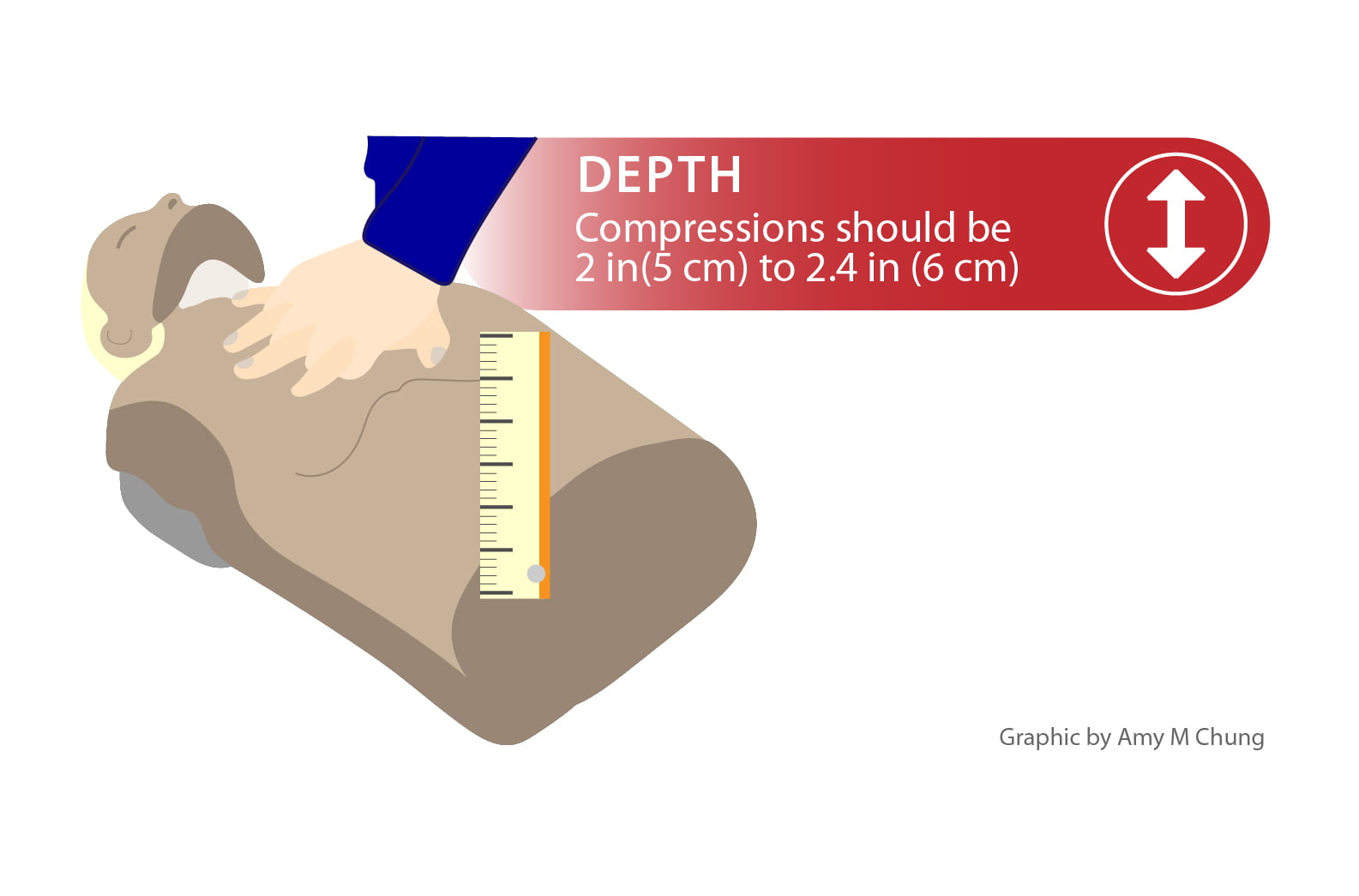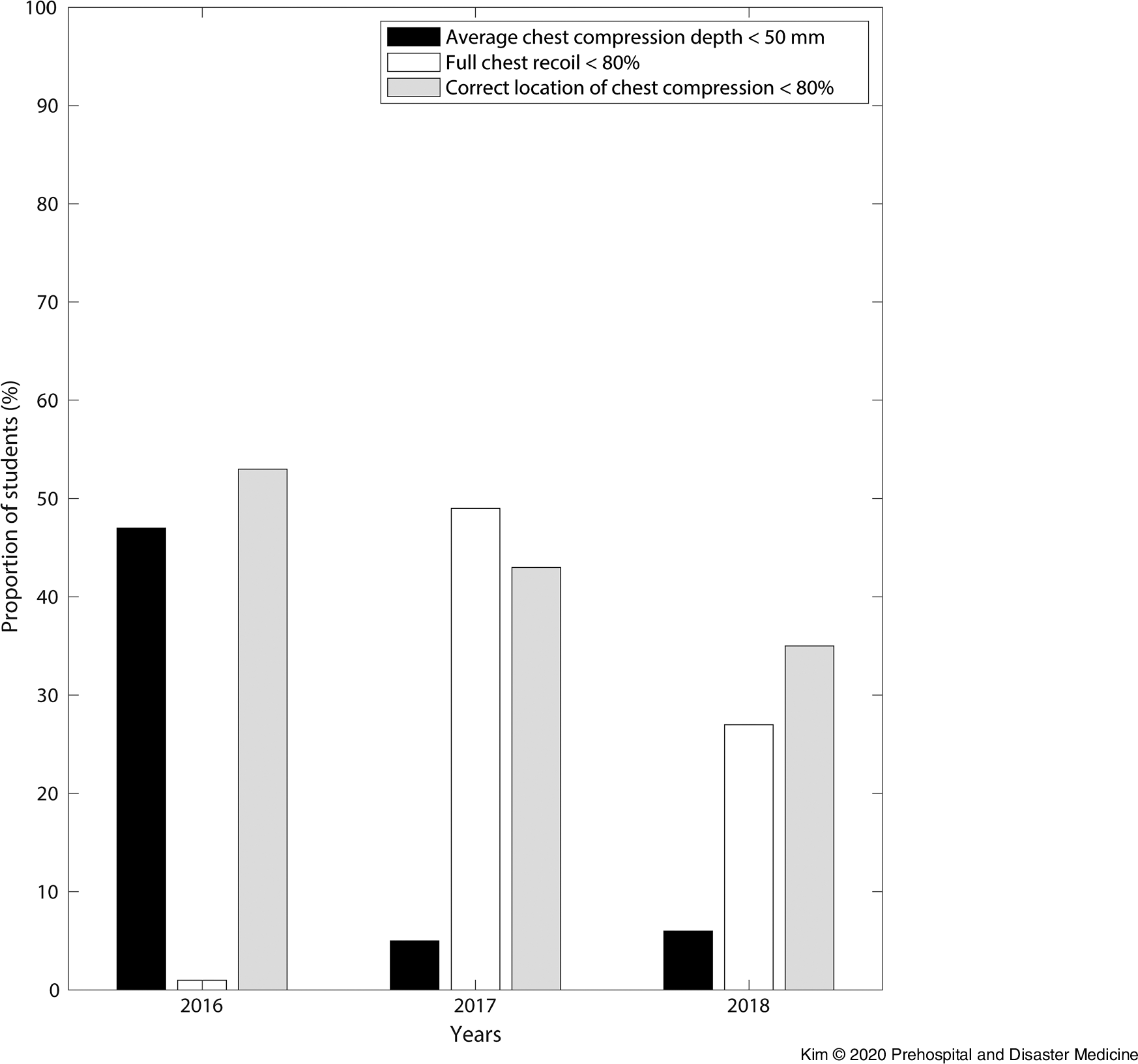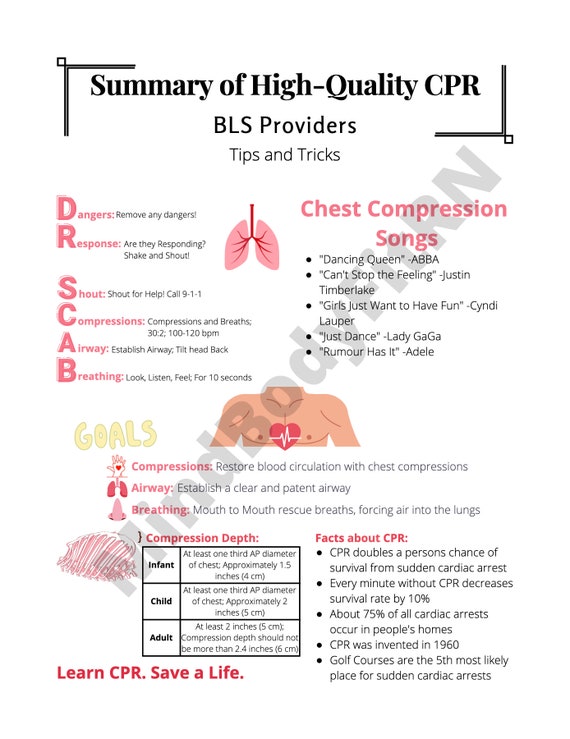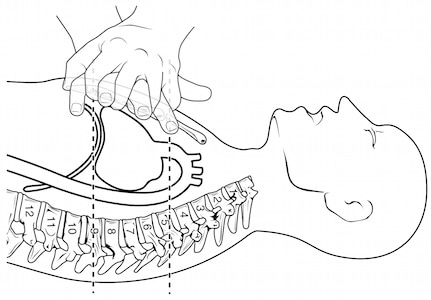By A Mystery Man Writer

Editor’s note: This post marks the second in a series of posts outlining the evidence surrounding various aspects of CPR by Dr. Stu Netherton. Follow along as he covers Rate of Compression, Depth of Compression, Chest Wall Recoil, Minimizing Interruptions, and Avoiding Excessive Ventilation. To guide the depth of our compressions during CPR, the 2015

Patient inclusion criteria and initial rhythm status. CPR indicates

Advantage and Limitation of Using a Visual Feedback Device during Cardiopulmonary Resuscitation Training, Prehospital and Disaster Medicine

Quality of clinical care provided during simulated pediatric cardiac arrest: a simulation-based study

CPR Reference Sheet Cpr Cardiopulmonary Resuscitation Cpr Cheat Sheet Cpr Instructor Tool Cpr Flyer

Cpr 2010 guidelines instructor update

HP CPR (SHORT)

WRFA Waterproof Field Manual – contents « Adventure & Safety Atlantic

7 Important Steps of CPR - Coast2Coast First Aid & CPR

PDF) Are two or four hands needed for elderly female bystanders to achieve the required chest compression depth during dispatcher-assisted CPR: A randomized controlled trial

ACLS Guidelines 2015 - Cardiac Arrest Controversies

Summary of Basic Life Support for Healthcare Professionals (CPR) - Tom Wade MD

Left ventricle chest compression improves ETCO2, blood pressure, and cerebral blood velocity in a swine model of cardiac arrest and cardiopulmonary resuscitation - ScienceDirect